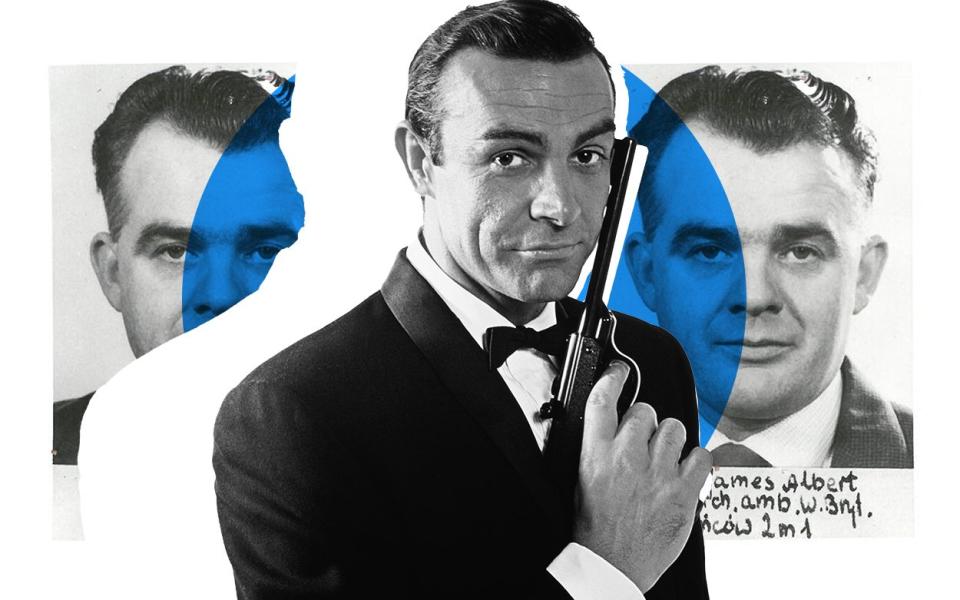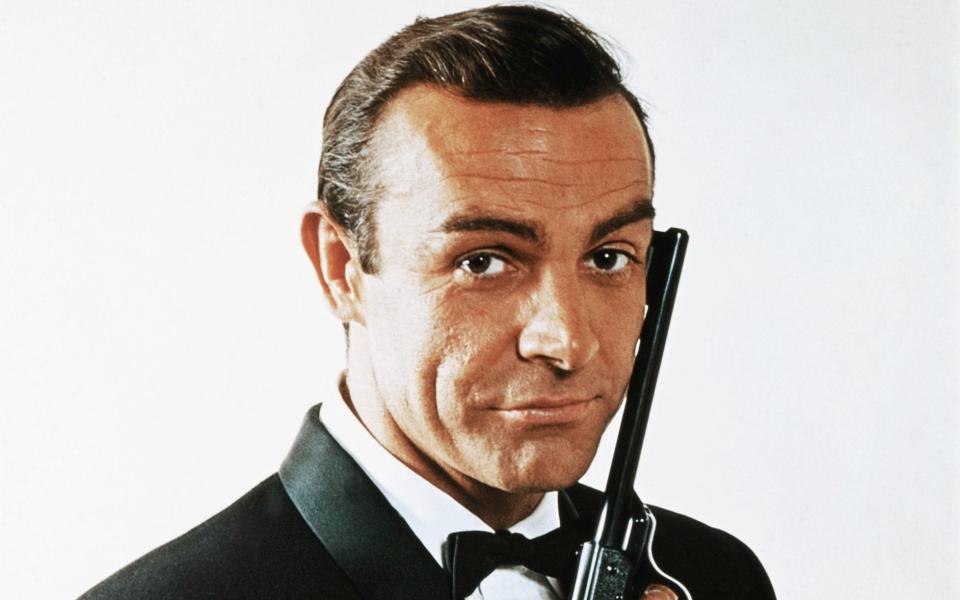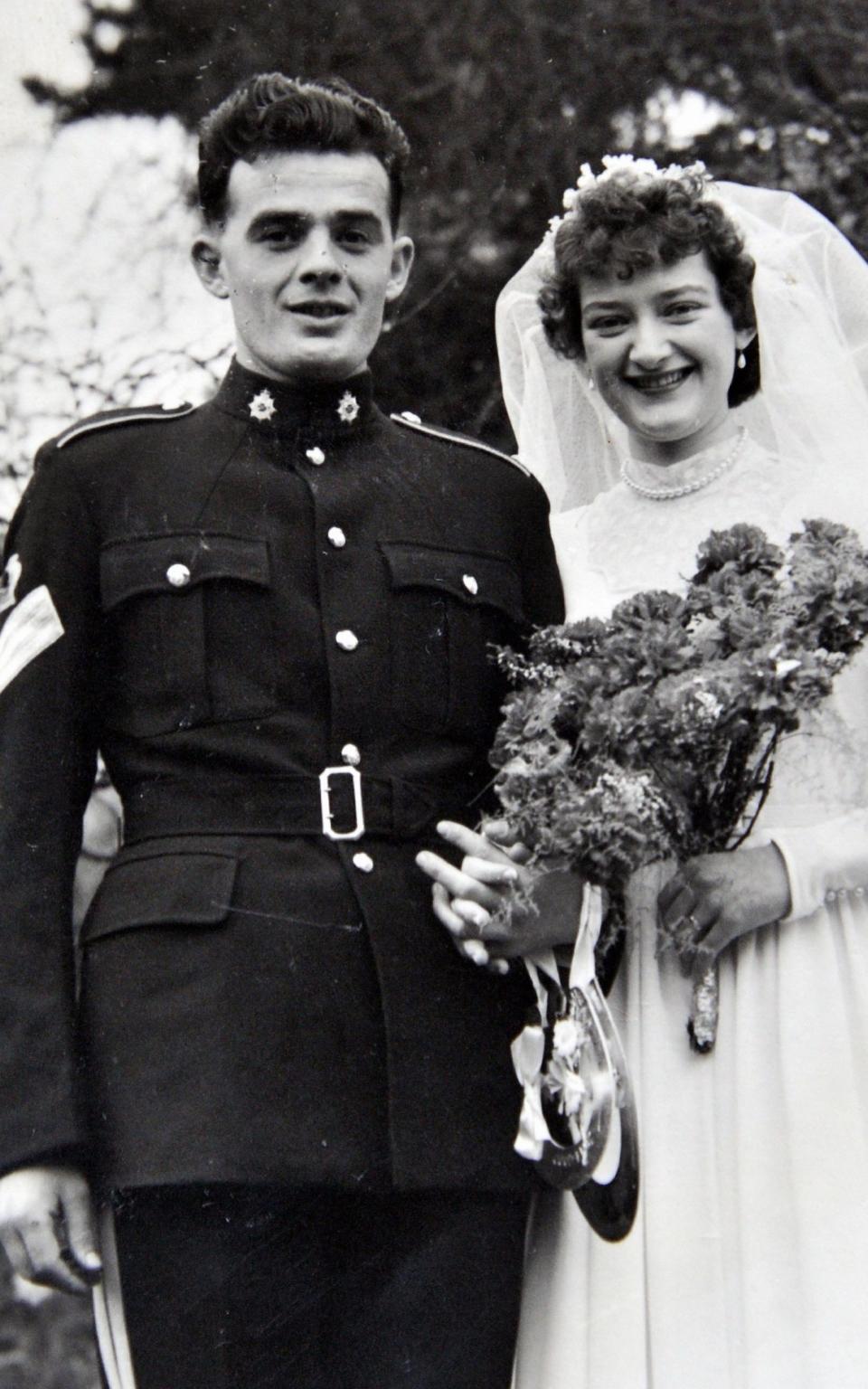James Bond, a man interested in 'women' and 'infiltrating bases', really did spy for Britain in the 1960s

He had an innocuous cover story, a debonair look about him and he was fond of the ladies. Remind you of anyone?
Indeed the secret service agent assigned to the British Embassy in Warsaw in 1964 soon attracted the attention of Poland’s Communist authorities.
Little wonder, when his name was Bond - James, Bond.
With Ian Fleming’s fictional spy already famous the world over it is hardly surprising a British official with the same name came under close scrutiny from his Eastern Bloc counterparts.
In a stranger-than-fiction tale, the files of a real-life spy named James Bond have been unearthed by investigators at Poland's Institute of National Remembrance, where the country’s Communist era archives are kept.
This Mr Bond - described by the Poles as “talkative, but cautious and interested in women” - bore more than a passing similarity to Fleming’s 007, by then already the star of a series of spy thrillers and novels.
The then 36-year-old agent - whose full name was carefully recorded by the Polish secret service as James Albert Bond, born in Bideford, Devon, in 1928 - arrived in Warsaw on February 18, 1964.
Posing as a low ranking embassy official his real mission, according to documents from Poland's communist counter-intelligence agency, was to “penetrate military facilities”.
Researchers at the Institute of National Remembrance (INR) said: “James Bond came to Poland on February 18, 1964. His official position was secretary-archivist of the British Embassy's military attaché.”
His arrival was soon spotted by Poland’s own secret services. After all the first Bond novel, Casino Royale, was published in 1953, followed by a further 12 novels and two short stories.
And Dr No, the first film starring the agent with “a licence to kill”, was released just two years before the Devon-based Bond was sent on his mission to Warsaw.

“The arrival of such a famous agent did not go unnoticed by the officers of Department II (counterintelligence) of the Ministry of the Interior,” said the INR’s researchers. “An operational surveillance case code-named “Samek” was established and he was placed under strict surveillance.”
A photograph of Mr Bond attached to his recently discovered file (pictured below) shows a middle-aged man with a receding hair-line who appears to be carrying a bit of weight.
The Institute added: “Bond was found to be talkative, but very cautious and was interested in women.”

Mr Bond, the son of a farm labourer and rabbit trapper, married Janette Tacchi in Taunton, in June 1954. Together they had one son, born the following year, who they also called James. He died in 2005, having spent most of his life in the British Army until his retirement in his late 60s.
To this day the Poles find it hard to believe a British secret service agent could be called James Bond.
But Mr Bond’s widow confirmed to The Telegraph that her husband had indeed been a spy and that she had accompanied him to Poland when he worked at the embassy, posing as an archivist.
Mrs Bond said on Wednesday: “My husband was an officer in the Ordnance Corps when we went to Poland. I didn’t know he was a spy, otherwise I wouldn’t have gone with him. I didn’t know exactly what he was doing, but I knew it was dodgy and he was doing things he shouldn’t have been doing."

James, Janette and their nine year old son lived near the Embassy and spent much of their time there – mainly mixing with other Embassy officials such as the Dutch, the French and the Americans. James went to an English school.
She added that her husband would write her notes when he wanted to convey important information because he suspected their apartment was bugged by a Polish couple upstairs.
“I knew he was doing things he shouldn’t but we just had to live with it. We were being followed everywhere. My son James used to look out the back window of our car and read out the number plates of the cars that were following us,” she said.
"We had a Polish couple in the flat above us and we had to be very careful what we said in case we were being eavesdropped on. If it was anything important, Jim would write it down and pass it to me, and I would write down the answer for him. It seems so strange now.”
Mrs Bond maintains her husband left Poland not because his cover was blown, but to take up his commission as Captain in the Army.
It seems, however, that Mr Bond’s stint as a spy in Poland did not enjoy the same success his fictional counterpart might have enjoyed.
The INR researchers added, somewhat tongue in cheek: “The observation of agent 007's actions did not go unnoticed, he probably said that there was no chance of gaining valuable information.
“Therefore, on January 21, 1965, James Bond left the territory of the Polish People's Republic. After his stay, there were still records and fragmentary documents concerning the observation.”
During the Bideford Bond’s spell on Her Majesty’s Secret Service the world was gripped by the Cold War, with Poland, a member of the Warsaw Pact, firmly in the Soviet Union’s sphere of influence, facing NATO members, including the UK and the USA, in the West.
It was only with the collapse of Communism and the fall of the Berlin Wall that tensions between the two blocks eased.

